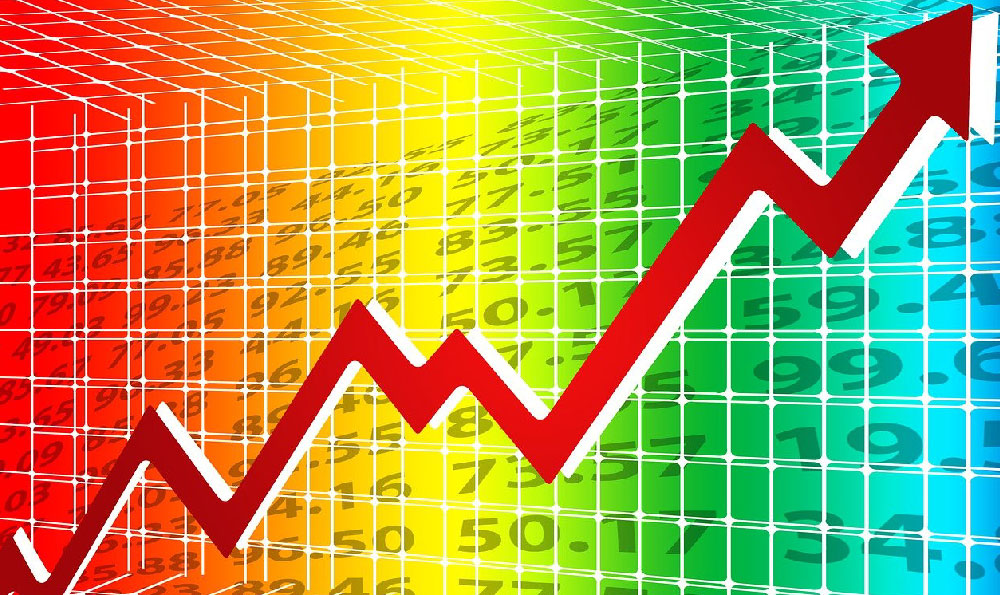
Copper, often referred to as "Dr. Copper" because its price movements are considered a reliable predictor of global economic health, is a commodity that has captivated investors for decades. Its extensive use across various industries, from construction and electronics to transportation and renewable energy, makes it a critical component of modern infrastructure and a bellwether for economic activity. However, determining whether copper is a "good" investment and whether you specifically should invest in it requires a nuanced understanding of its market dynamics, potential risks, and your own investment goals and risk tolerance.
The attractiveness of copper as an investment stems from several factors. Firstly, the demand side of the equation paints a promising picture. The ongoing global energy transition towards cleaner and more sustainable energy sources is significantly boosting the demand for copper. Electric vehicles (EVs), for instance, require substantially more copper than traditional internal combustion engine (ICE) vehicles. Similarly, solar panels, wind turbines, and the infrastructure needed to transmit renewable energy all rely heavily on copper. This "green" demand, driven by government policies and increasing consumer awareness, is expected to be a long-term growth driver for the copper market.
Secondly, the supply side presents its own set of challenges. New copper mine discoveries are becoming increasingly rare, and developing existing deposits is becoming more difficult and expensive due to declining ore grades, stricter environmental regulations, and political instability in some resource-rich regions. These supply constraints, combined with rising demand, create a potential for significant price appreciation in the coming years. Furthermore, disruptions to existing copper supply chains, whether due to labor strikes, natural disasters, or geopolitical tensions, can also lead to price spikes and investment opportunities.

However, investing in copper is not without its risks. Copper prices are notoriously volatile and sensitive to macroeconomic factors. Economic slowdowns or recessions can significantly reduce demand for copper, leading to price declines. For example, a sharp contraction in the construction sector or a slowdown in manufacturing activity can negatively impact copper prices. Similarly, interest rate hikes by central banks can dampen economic growth and reduce investment appetite, putting downward pressure on copper. The impact of China, the world's largest consumer of copper, cannot be overstated. Any economic slowdown or policy shift in China can have a significant impact on global copper demand and prices.
Beyond macroeconomic risks, there are also commodity-specific factors to consider. Copper prices are influenced by inventory levels, production costs, and the availability of substitutes. High inventory levels can indicate weak demand and depress prices, while lower production costs can make it more difficult for higher-cost producers to compete. The development of alternative materials that can substitute for copper in certain applications could also pose a long-term threat to demand.
For individual investors, there are several ways to gain exposure to the copper market. One option is to invest in the stocks of copper mining companies. This provides indirect exposure to copper prices, but it also involves company-specific risks, such as operational issues, management decisions, and regulatory challenges. Another option is to invest in copper exchange-traded funds (ETFs), which track the price of copper futures contracts. These ETFs offer a more direct and liquid way to invest in copper, but they also involve the risks associated with futures trading, such as contango and backwardation. Finally, it's possible to invest directly in copper futures contracts, but this is generally only recommended for experienced traders due to the high leverage involved and the potential for significant losses.
Before investing in copper, it's essential to carefully consider your own investment goals, risk tolerance, and time horizon. If you are a long-term investor with a high-risk tolerance and believe in the long-term growth prospects of the copper market, then investing in copper may be a suitable option. However, if you are a risk-averse investor or have a short-term investment horizon, then it may be prudent to avoid copper or limit your exposure. Diversification is key to any investment strategy, and it's generally advisable to allocate only a small portion of your portfolio to copper, especially if you are investing directly in copper futures or the stocks of copper mining companies.
Conducting thorough research and staying informed about market developments is crucial for successful copper investing. Monitoring economic indicators, industry trends, and geopolitical events can help you make informed investment decisions and manage your risk exposure. Consulting with a financial advisor can also be beneficial, especially if you are new to commodity investing or have complex financial circumstances.
In conclusion, whether copper is a "good" investment depends on a variety of factors, including your individual circumstances, market conditions, and investment strategy. While the long-term demand outlook for copper is generally positive due to the energy transition and infrastructure development, it's important to be aware of the risks associated with copper investing and to manage your exposure accordingly. Diligent research, diversification, and professional advice are essential for navigating the complexities of the copper market and achieving your investment goals. Investing in copper requires a careful assessment of its potential rewards alongside a realistic understanding of its inherent volatility. It's a strategic decision that warrants thorough consideration before committing capital.





